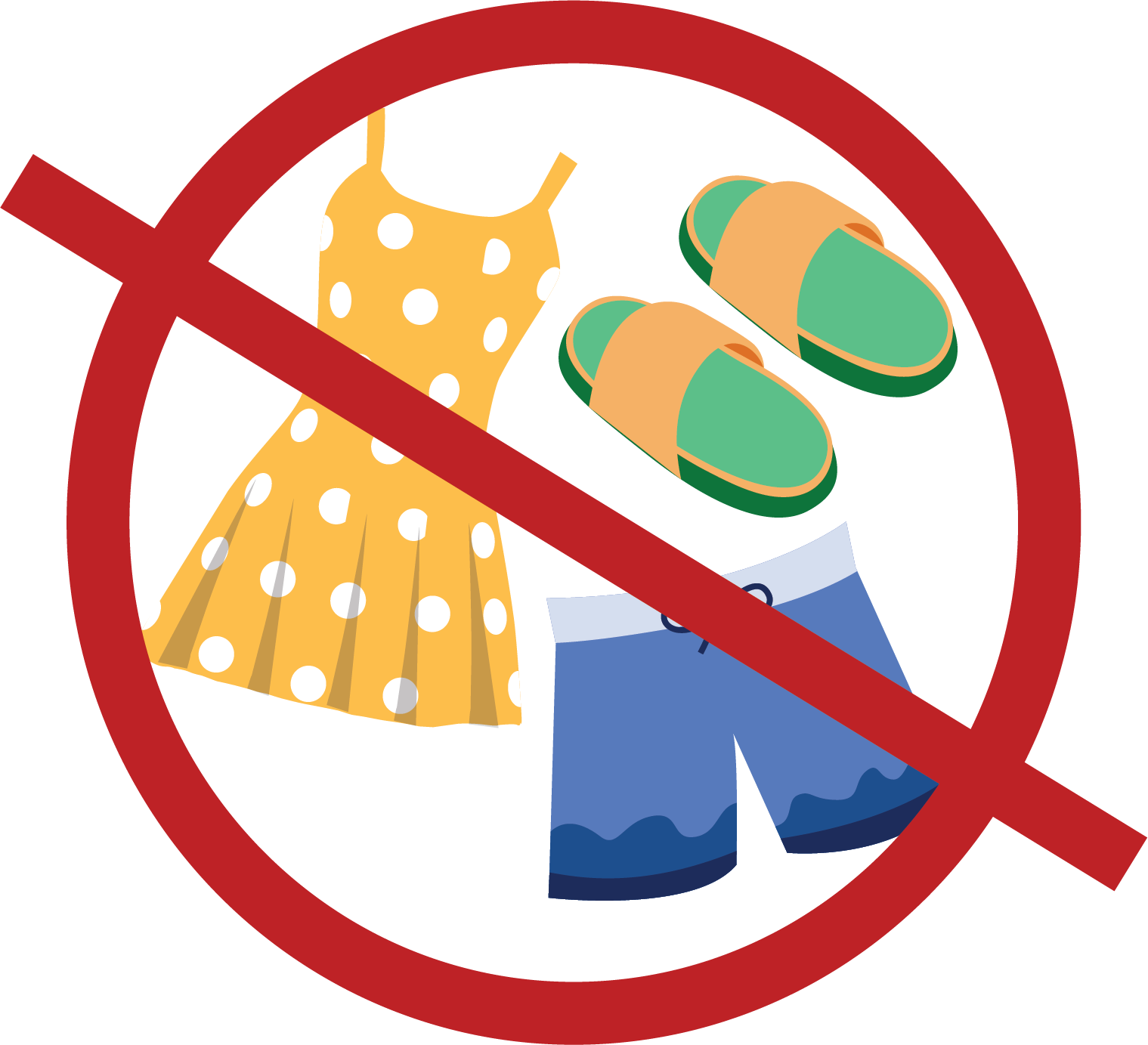Grainger Safety
Summer Weather Safety
Summer in Illinois brings new and exciting energy (especially after long winters), but extended exposure to heat and high index values can also come with a number of safety risks. We also tend to spend more time outdoors in the summer and you may encounter some health and safety hazards depending on the activity, location, and habitat.
Whether you will be spending your summer outdoors for your job, research, or just for leisure, please ensure you mitigate the risk from the more common hazards associated with the summer season.
DRS' Safety Library is a great place to start for information.
|
Heat Stress |
Additional Resources:
A Summer Survival Guide - Illinois Department of Public Health
Heat Safety Tool App - National Institute for Occupational Safety and Health (NIOSH)
Planning and Preparing - National Integrated Heat Health Information System

Proper Lab Attire
Are you dressed for the weather outside or for your work in the lab?
Appropriate lab attire provides basic protection against skin exposure and is a critical part of required PPE.
Wear pants that cover the entire leg (capris are not acceptable). Note: skirts may be worn, but they must be ankle-length.
Wear close-toed shoes that cover the area of the skin between the shoe and ankle (loafers or ballet-flats that expose the top of the foot are not allowed).
Additional Resources:
PPE and Appropriate Lab Clothing - Division of Research Safety (DRS)
Be Smart, Stay Safe!
Safety is key to our campus being a world-class place to learn, research, and work.
Whether you're in an engineering lab or wood shop – or just walking to class – we all play a part.
At Illinois, we believe that safety is not only about following best practices but also about fostering a positive safety culture where everyone feels responsible for the well-being of themselves and others.
Please take the Illinois Safety Pledge to show your commitment to safety.
Additional Resources:
DRS Good Catch - Your voice matters, submit your good catch for a chance to be featured in future editions of Safety Matters or win a t-shirt.
Lessons Learned - Review reports of incidents and near-misses that have taken place in laboratories and shops that offer important safety lessons.
Safety Policy Statement
The Grainger College of Engineering (GCOE) is dedicated to protecting the environment, health and safety for all those who work or visit the college, and our community.
GCOE pledges to:
- Create a safe and healthy workplace.
- Maintain respect for the environment.
- Respect and adhere to all applicable laws, regulations, and university environmental, health and safety requirements.
GCOE supports and follows the edicts expounded in the Campus Administrative Manual’s Environmental Health and Safety directive, which includes the responsibility for safety at each level of the organization – dean/director/head, principal investigator/investigator/supervisor and student/employee/visitor.
To help us meet our safety responsibilities, I have charged the GCOE Office of Safety to act as a resource for research and occupational safety and to liaise with university safety and security resources and external regulatory bodies, as appropriate.
By working together with a shared goal of safety and security, we can achieve a safe and healthy work environment for all those who work, study and visit The Grainger College of Engineering.
Rashid Bashir, Dean
Help yourself stay healthy while working
You spend a lot of time during the day working, so here are a few simple tips to help keep you comfortable and focused:
• Set up your office or work area for optimal posture and ergonomic comfort.
• Schedule regular breaks to stretch and move.
• Computer users can help prevent eye strain by frequently looking at something 20 feet away for 20 seconds.
• Keep a work-life balance.
• Stick to a daily routine.
• Eat a healthy balanced diet.
• Stay hydrated with plenty of water.
• Reduce stress by practicing mindfulness.
• Maintain personal connections.
For more information check out some of our university resources below:
Ergonomics
Work-life Balance
Mental Health & Wellness
Well-being